Clade Gruae Scientific name Charadriiformes Phylum Chordata | Clade Passerea Higher classification Gruimorphae Rank Order | |
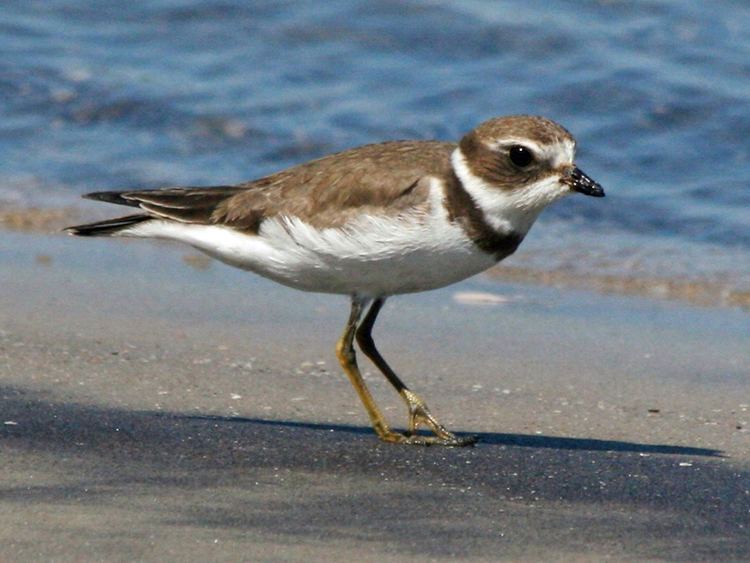 | ||
Mass Common snipe: 80 – 140 g Length Common snipe: 25 – 27 cm Lower classifications Gulls, Sandpiper, Tern, Auk, Skua | ||
A bath more than relaxing wattled jacana jacana jacana brazilian fauna charadriiformes
Charadriiformes is a diverse order of small to medium-large birds. It includes about 350 species and has members in all parts of the world. Most Charadriiformes live near water and eat invertebrates or other small animals; however, some are pelagic (seabirds), some occupy deserts and a few are found in thick forest.
Contents
- A bath more than relaxing wattled jacana jacana jacana brazilian fauna charadriiformes
- Taxonomy systematics and evolution
- Families in taxonomic order
- Evolution history
- Evolution of parental care in Charadriiformes
- References
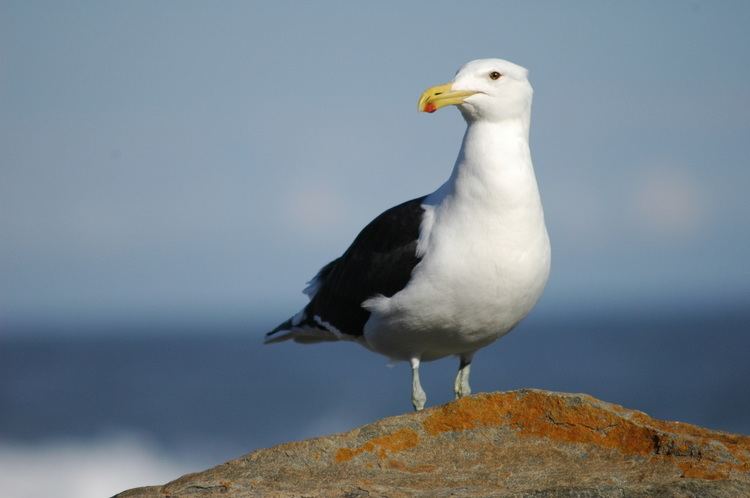
Taxonomy, systematics and evolution
The order was formerly divided into three suborders:
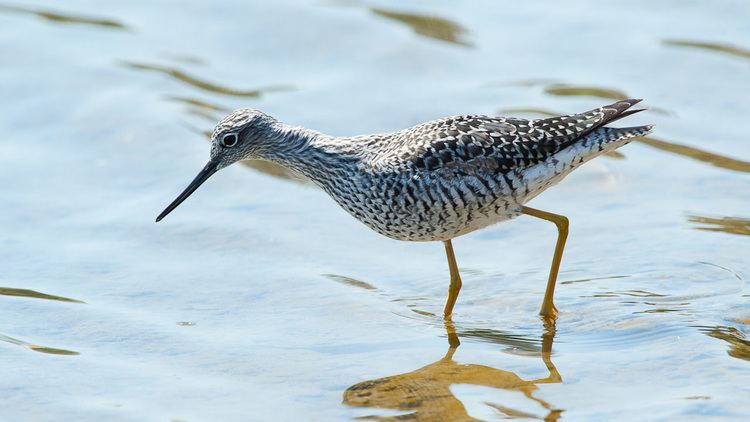
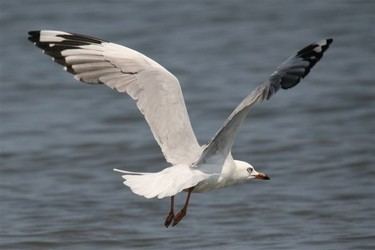
The Sibley-Ahlquist taxonomy, which has been widely accepted in America, lumps all the Charadriiformes together with other seabirds and birds of prey into a greatly enlarged order Ciconiiformes. However, the resolution of the DNA-DNA hybridization technique used by Sibley & Ahlquist was not sufficient to properly resolve the relationships in this group, and indeed it appears as if the Charadriiformes constitute a single large and very distinctive lineage of modern birds of their own.
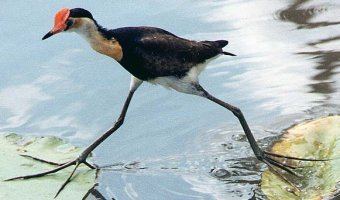
The auks, usually considered distinct because of their peculiar morphology, are more likely related to gulls, the "distinctness" being a result of adaptation for diving. Following recent research, a better arrangement may be as follows:
Families in taxonomic order
This is a list of the charadriiform families, presented in taxonomic order.
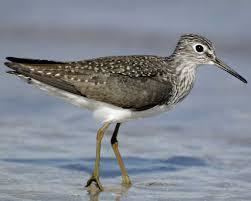
More conservatively, the Thinocori could be included in the Scolopaci, and the Chionidi in the Charadrii, or the Glareolidae could be placed in a suborder of their own. The buttonquails are of indeterminate or basal position in the Lari-Scolopaci sensu lato group. The arrangement as presented here is a consensus of the recent studies.
A rough consensus of current research on shorebird relationships is reproduced below, based on Naish (2012).
Evolution history
That the Charadriiformes are an ancient group is also borne out by the fossil record. Much of the Neornithes' fossil record around the Cretaceous–Paleogene extinction event is made up of bits and pieces of birds which resemble this order. In many, this is probably due to convergent evolution brought about by semi-aquatic habits. Specimen VI 9901 (López de Bertodano Formation, Late Cretaceous of Vega Island, Antarctica) is probably a basal charadriiform somewhat reminiscent of a thick-knee. However, more complete remains of undisputed charadriiforms are known only from the mid-Paleogene onwards. Present-day orders emerged around the Eocene-Oligocene boundary, roughly 35-30 mya. Basal or unresolved charadriiforms are:
The "transitional shorebirds" ("Graculavidae") are a generally Mesozoic form taxon formerly believed to constitute the common ancestors of charadriiforms, waterfowl and flamingos. They are now assumed to be mostly basal taxa of the charadriiforms and/or "higher waterbirds", which probably were two distinct lineages 65 mya already, and few if any are still believed to be related to the well-distinct waterfowl. Taxa formerly considered graculavids are:
Other wader- or gull-like birds incertae sedis, which may or may not be Charadriiformes, are:
Evolution of parental care in Charadriiformes
Shorebirds pursue a larger diversity of parental care strategies than do most other avian orders. They therefore present an attractive set of examples to support the understanding of the evolution of parental care in avians generally (as reviewed in Thomas et al. 2007). The ancestral avian most likely had a female parental care system (Tullberg et al. 2002). The shorebird ancestor specifically evolved from a bi-parental care system, yet the species within the clade Scolopacidae evolved from a male parental care system. These transitions might have occurred for several reasons. Brooding density is correlated with male parental care. Male care systems in birds are shown to have a very low breeding density while female care systems in birds have a high breeding density. (Owens 2005). Certain rates of male and female mortality, male and female egg maturation rate, and egg death rate have been associated with particular systems as well (Klug et al. 2013). It has also been shown that sex role reversal is motivated by the male-biased adult sex ratio (Liker et al. 2013). The reason for such diversity in shorebirds, compared to other birds, has yet to be understood.
